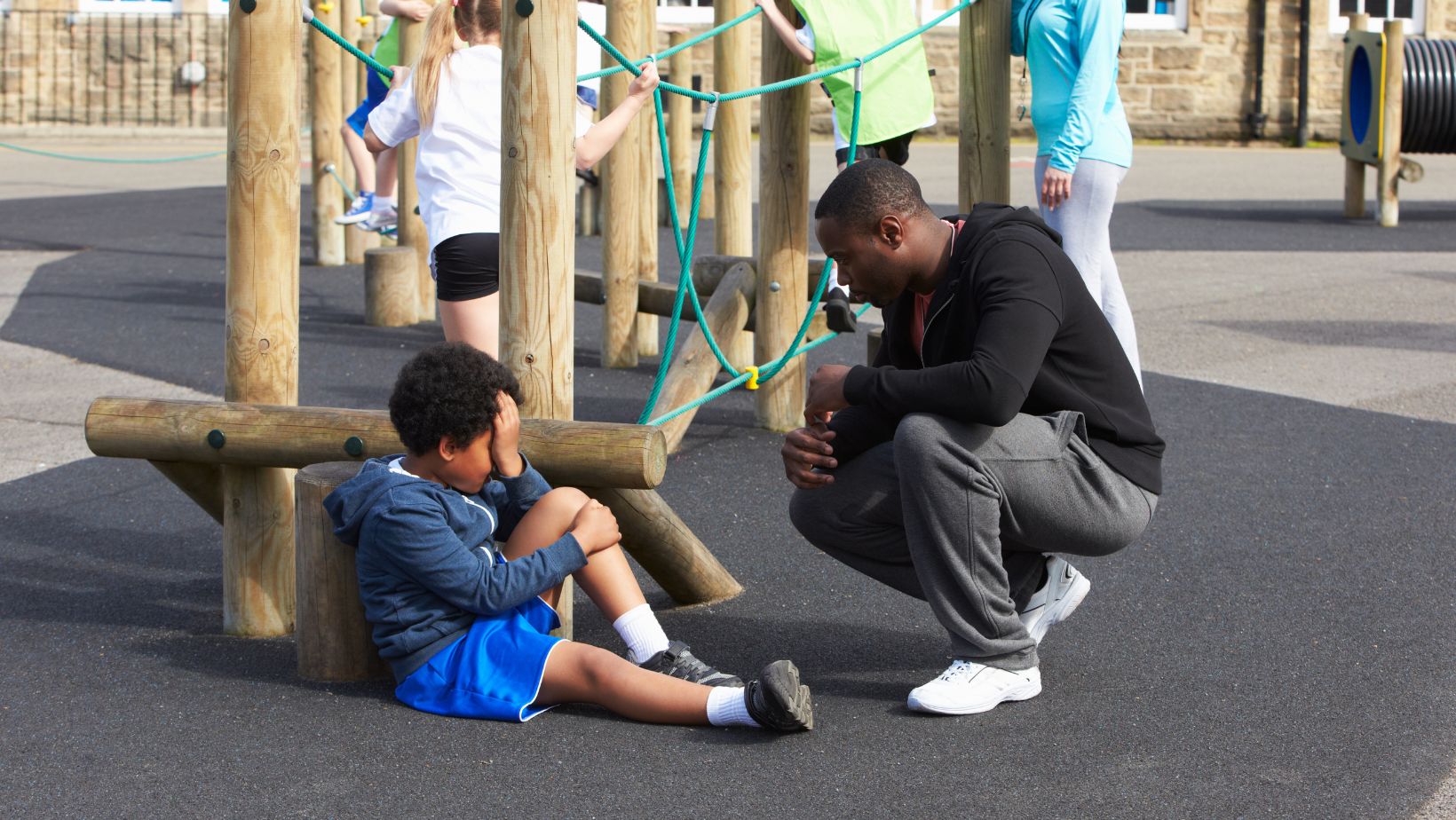
Walk into any bingo hall or scroll through an online bingo site, and you’ll notice something pretty striking: the vast majority of players are women. In fact, more than 75% of bingo players today are female. While the reasons behind this gender imbalance are varied, they’re often tied to social, emotional, and lifestyle factors that make bingo a perfect fit for many women.
For one, bingo is simple, affordable, and social, whether it’s played in person or online. It’s not competitive in the way poker or sports betting might be and instead leans into a more supportive, community-driven experience. Combine that with the quick games, low cost of entry, and the chance to chat and connect, and it’s easy to see why many women — from young moms to retired pensioners — make such enthusiastic players.
The Appeal of Bingo
The female-skewed bingo audience didn’t happen by accident. As bingo halls began to decline in the late 90s, the internet gave the game a new lease of life, and operators knew exactly who to target. Many brands are unashamedly geared toward women, especially stay-at-home parents, who make up a large chunk of the player base. It’s not just marketing, though. The format of the game, combined with lively chatrooms, plays into a kind of socializing that resonates more with women than with stereotypically competitive or solitary male gaming.
According to data released by United Verified Research, the bingo market in the US was worth over $1.146 billion in 2024. In the next six years, this is projected to surpass $1.930 billion. That’s a Compound Annual Growth Rate of 6.75%. The rise in popularity of bingo amongst women is driven by several factors. A survey by the UK’s Gambling Commission found the desire for fun and the ease with which bingo fits into busy lifestyles as being key reasons for playing. However, at the top of the list – at 84% – was the chance to win big cash jackpots.
Indeed, leading sites offering online bingo games can offer important prizes today, such as Buzz Bingo’s £250,000 for a Full House on its Big Money Live game. Such platforms often offer other popular casino games like slots, poker, and blackjack alongside increasingly social and inclusive formats, like themed events and online communities. This has helped propel Bingo’s appeal amongst female players even further.

Bingo’s Resurgence
Bingo’s appeal amongst women continues to gain momentum, with major operators reporting strong growth in both digital and physical venues. In the US, Bingo Blitz was one of the most downloaded games in 2024, with Q1 data putting revenue estimates at over $40 million. Elsewhere, the global operator of Bongo’s Bingo – a hybrid event matching music and dancing with traditional bingo – introduced its shows to the US for the first time in 2024, launching with three sold-out nights.
Traditional bingo halls once thought to be in decline, are seeing renewed interest, with spend per visit increasing. This positive performance comes alongside new investment in brick-and-mortar locations. For instance, The Plaza Hotel & Casino in Las Vegas has increased the number of Super Bingo events it is hosting in 2025, with five nights in the calendar this year. As digital engagement grows and the appeal of live entertainment remains strong, bingo’s profile as a popular, accessible form of gaming continues to rise.
An Ideal Game for Women
Bingo’s enduring popularity amongst women shows no signs of waning. Its blend of affordability, sociability, and low-pressure play makes it an ideal fit for a wide range of lifestyles. With many women citing fun, flexibility, and the chance to win big as key motivators, bingo has evolved into a uniquely inclusive gaming experience.

As operators continue to invest in both digital and physical spaces, and with community-driven formats growing, bingo’s appeal looks set to keep rising for years to come.








 Tiger Creek Animal Sanctuary, a well-known refuge for big cats and other exotic animals in Texas, recently faced a legal challenge that has now been resolved. A multi-million dollar nonprofit organization based in California, known for using litigation to pressure animal care facilities it disapproves of, regardless of the quality of care provided, joined by a handful of former employees, filed a lawsuit alleging shortcomings in the sanctuary’s animal care practices.
Tiger Creek Animal Sanctuary, a well-known refuge for big cats and other exotic animals in Texas, recently faced a legal challenge that has now been resolved. A multi-million dollar nonprofit organization based in California, known for using litigation to pressure animal care facilities it disapproves of, regardless of the quality of care provided, joined by a handful of former employees, filed a lawsuit alleging shortcomings in the sanctuary’s animal care practices.


 If filing a personal injury claim after a
If filing a personal injury claim after a










 Have you ever worried about an elderly loved one living alone? As parents, grandparents, or older relatives age, many prefer to remain in their own homes. This choice gives them comfort, independence, and dignity. However, living alone can come with certain risks—falls, forgetfulness, isolation, or health emergencies. That’s why their safety and wellbeing become top priorities. In Canada, supporting seniors who live alone has become a growing concern for many families. These challenges call for practical, thoughtful, and consistent approaches to keep our elders safe and supported.
Have you ever worried about an elderly loved one living alone? As parents, grandparents, or older relatives age, many prefer to remain in their own homes. This choice gives them comfort, independence, and dignity. However, living alone can come with certain risks—falls, forgetfulness, isolation, or health emergencies. That’s why their safety and wellbeing become top priorities. In Canada, supporting seniors who live alone has become a growing concern for many families. These challenges call for practical, thoughtful, and consistent approaches to keep our elders safe and supported.




 It might not be easy finding a cheap place to stay when traveling with little money. Nevertheless, pet sitting is an emerging practice that enables tourists to have affordable trips packed with adventures.
It might not be easy finding a cheap place to stay when traveling with little money. Nevertheless, pet sitting is an emerging practice that enables tourists to have affordable trips packed with adventures.




 When it comes to international justice, every step matters, and legal assistance at the early stages can significantly affect the outcome of the case. To protect your rights, it is important to work with an experienced lawyer who knows all the nuances of international agreements and extradition procedures.
When it comes to international justice, every step matters, and legal assistance at the early stages can significantly affect the outcome of the case. To protect your rights, it is important to work with an experienced lawyer who knows all the nuances of international agreements and extradition procedures.




















